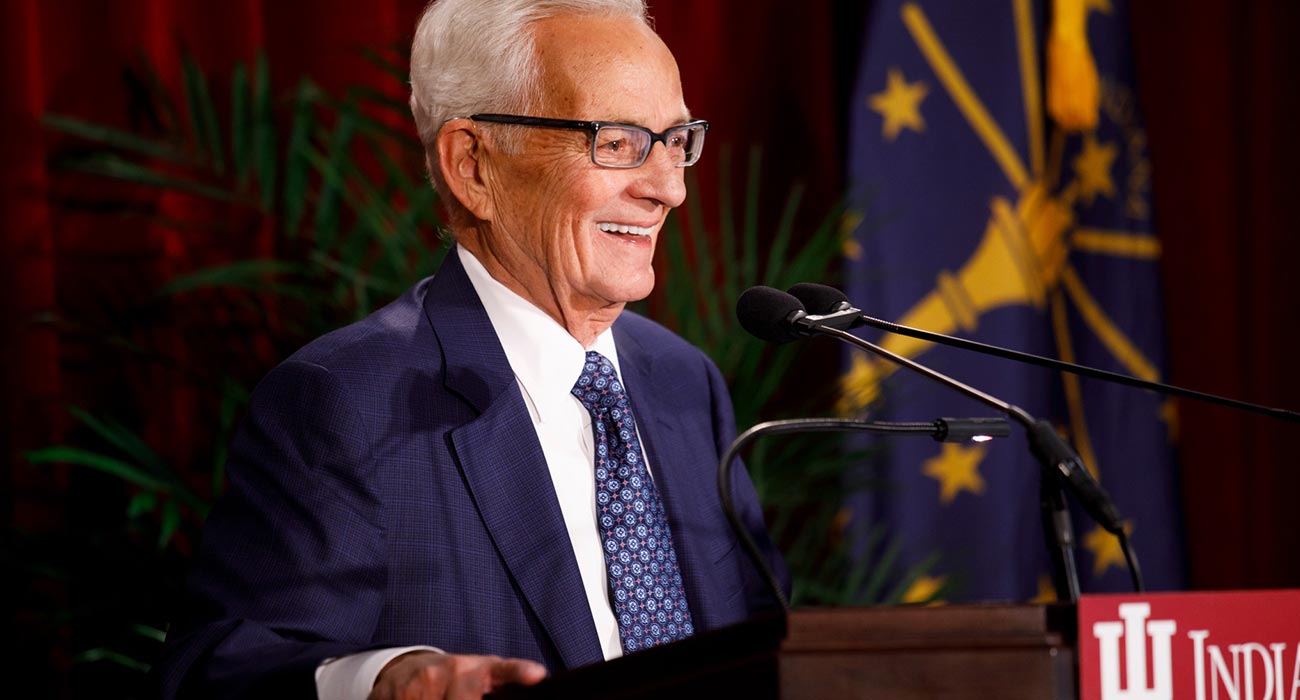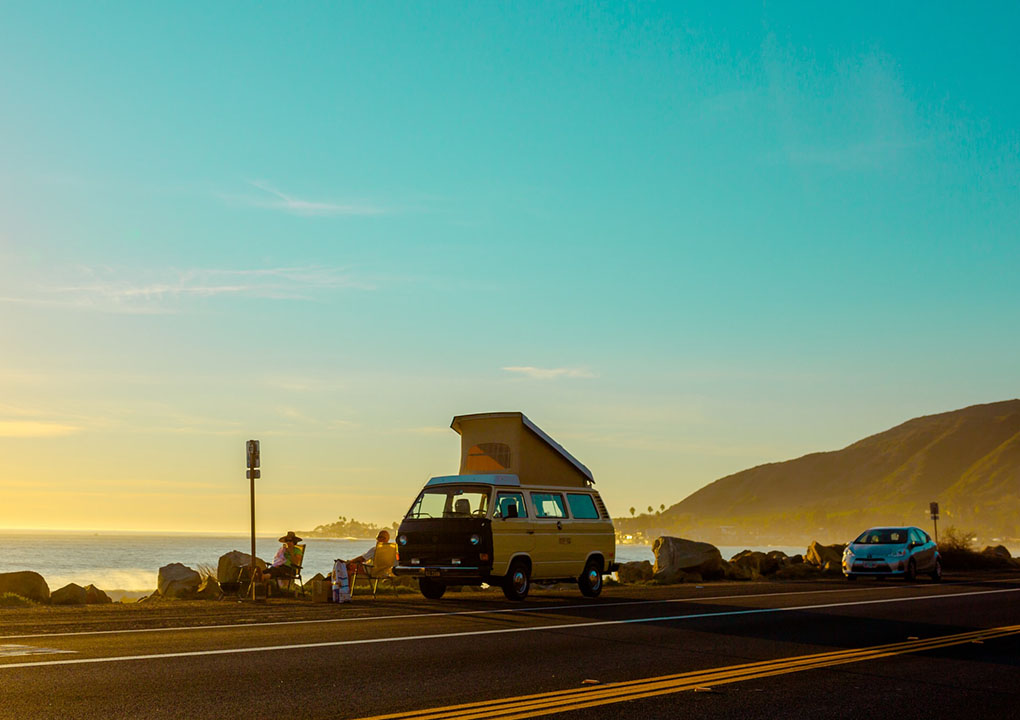This year ‘conversations’ will focus on design thinking, innovation & change. In this first edition, we will discuss changing behaviour because change is the lifeblood of business...but changing behaviour is tough!
We’re going to start with the hardest thing to change… People & habits.
It’s relatively easy to generate ideas that have the potential to innovate areas of your business, you could:
1. Ask your staff
2. Engage a consultant
3. Copy others
But how do you translate good ideas into behaviour and habits that improve your business? Here are 5 design thinking tips that could help transform your change objectives into meaningful habits.
1. Focus on one big idea & manageable actions
Create a ‘big idea’ or the goal you wish to someday accomplish, because most people will get behind a cause that’s bigger than themselves. Then get team leaders to create manageable actions: these are the activities required every single day to make the big idea a reality. Manageable actions make each day approachable, and the big idea is the unifying, emotional objective that gives people belief.
2. Create a very specific and vivid objective
Goal theory suggests that for goals to be effective, they need to be concrete and measurable, so set some. Then help people visualise the issue by painting a picture of the problem or the objective. When celebrity chef Jamie Oliver wanted to change the eating habits of kids at a U.S. school, he got their attention with a single, disgusting image: A truckload of pure animal fat.
3. Mobilise everyone & listen to everyone
The whole organisation needs to know your objective. If they don‘t know, how can they help? Create a line of communication that gives everyone access to the boss and specifically request their help.
Great ideas can come from anywhere and often even the most negative voices are simply highlighting your blind spots. Think of change as a marketing campaign that needs to engage all personality types: early adoptors, influencers and even nay-sayers to take your organisation’s behaviour beyond a tipping point.
4. Link new behaviours with existing behaviours
Creating sticky habits is far easier when you utilise current routines, so don’t try to fight existing habits but tack new habits to existing ones. The concept of ‘if-then planning’ is built around environmental “triggers” to let people know that it’s time to act. So pick a regular part of a schedule & build another “link in the chain” by adding a new habit.
5. Hire & fire based on behaviour
Remember the ultimate carrot is to get people who embody the desired behaviours and getting rid of those that clearly don’t, becomes the ultimate stick. HR also needs to tie incentives to both performance and behaviour characteristics.
Read more:
- 5 Scientific Ways to Build Habits That Stick
- Ten Ways to Get People to Change
- 7 Ways to Make Big Change Quick and Permanent
In 1987, Alcoa’s new CEO Paul O’Neill, told Wall Street investors: “I intend to go for zero injuries.” The result was panic. With no word on profit margins or new markets, the investors ran to call their clients with the advice to sell their stocks in Alcoa.
Within a year of O’Neill’s speech, Alcoa’s profits hit a record high. By the time O’Neill retired in 2000 to become Treasury Secretary, the company’s annual net income was five times larger than before he arrived.
O’Neill knew if he wanted to change the business he had to disrupt habits. O’Neill did two key things: 1. Establishing an organisational habit of suggesting safety improvements. 2. On the back of this initiative, encourage and listen to employees who had suggestions to improve efficiency.
By shifting worker safety habits, O’Neill had created patterns of better communication. A chain reaction started that lifted profits.
Now workers are more likely to get injured at a software company than handling molten aluminium at Alcoa.
Read more: How ‘Keystone Habits’ Transformed a Corporation
Share this article



